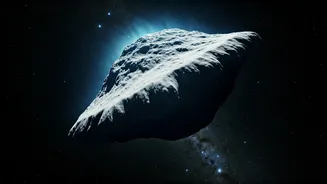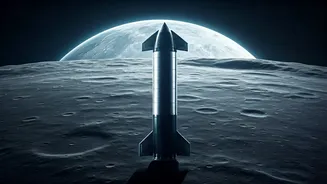Dual Probe Launch
The forthcoming mission by NASA involves the deployment of two specialized probes, crafted to undertake a detailed examination of the Martian atmosphere.
This innovative project will delve into the enigma of Mars' past atmosphere, aiming to unravel how it has changed over time. Concurrently, the probes will meticulously measure the impact of solar storms on the Martian environment. The primary objective is to gain a deeper understanding of the processes that have shaped the atmosphere of Mars. The strategic launch of these twin probes showcases NASA's commitment to advancing space exploration and scientific inquiry. Through this, they strive to contribute significantly to our understanding of the broader solar system and the evolution of planetary atmospheres. The probes' design and instrumentation are tailored to gather precise data on atmospheric composition and the interactions between solar winds and the planet.
Unveiling Lost Air
The central aim of the NASA mission is to uncover the fate of the Martian atmosphere. The probes will conduct a thorough investigation to understand why Mars' atmosphere, once likely thicker, has dwindled over billions of years. Scientists hope to discover clues about the mechanisms that caused its substantial reduction. These findings will not only provide valuable insights into Mars’ atmospheric history but also offer clues about the potential for past or present habitability. Analyzing the atmospheric composition, including traces of past gases and elements, will facilitate a greater understanding of the planet's environmental dynamics. This mission seeks to reconstruct the evolutionary timeline of Mars' atmosphere. Researchers hope to discern the exact drivers behind its transformation, including the roles played by solar radiation, magnetic fields, and other external factors. The data obtained are expected to shed light on how planetary environments evolve over vast periods of time, which can apply to the study of other planets in the cosmos.
Measuring Solar Storms
A critical aspect of the forthcoming NASA mission involves measuring the influence of solar storms on the Martian atmosphere. Solar storms, powerful ejections of energy and particles from the Sun, can significantly impact planetary atmospheres. They can lead to erosion of the atmosphere over time, altering the planet's climate and surface conditions. The probes are equipped with instruments specially designed to monitor these interactions. They will gather data that will enable scientists to quantify the amount of atmospheric material lost during solar events. This data is critical for assessing the long-term changes occurring on Mars. The measurements are expected to provide insights into how frequently solar storms occur and how severely they impact the Martian atmosphere. By studying the impact of solar events, the mission will add to our understanding of the factors that can affect the habitability of planets. This research also has implications for understanding space weather phenomena that can potentially affect other planets, including Earth.












